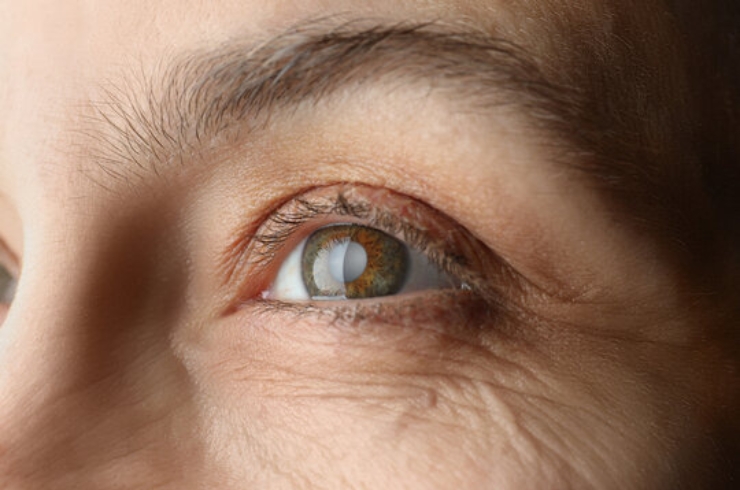
Glaucoma is a group of eye conditions that damage the optic nerve, often due to high eye pressure, leading to gradual and irreversible vision loss if untreated.
With timely diagnosis, proper care, and consistent monitoring, vision loss from glaucoma can be significantly slowed or prevented.